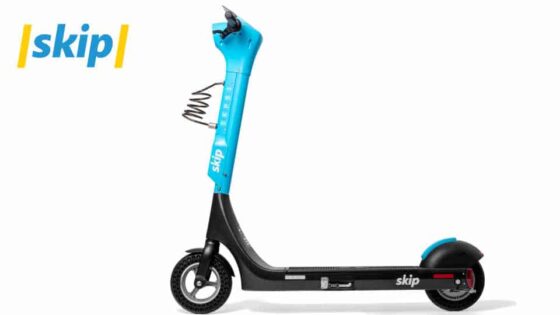Electric scooters are not just a fad, they’re a revolution in personal transportation. These innovative devices are increasingly popular worldwide, offering a unique blend of convenience, fun, and sustainability. In this comprehensive guide, we will delve into everything you need to know about electric scooters, from their basic structure and functionality to their varying types, safety considerations, maintenance, and more. Buckle up and join us on this electrifying ride!
Table of Contents
Understanding Electric Scooters
Definition of Electric Scooters
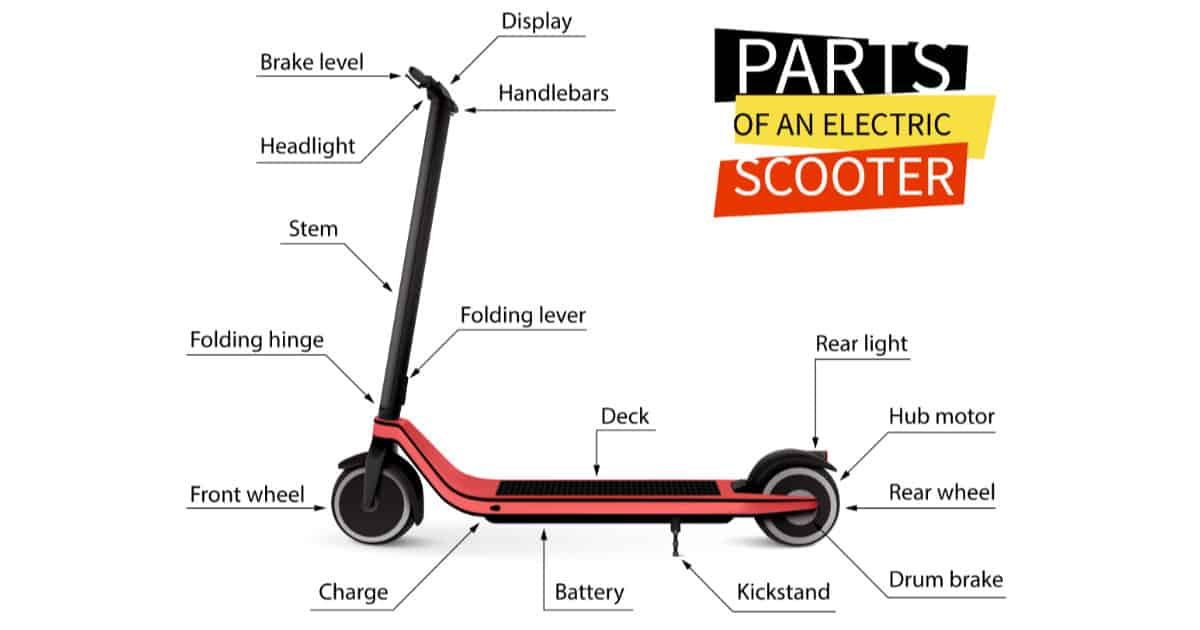
An electric scooter is a two-wheeled device, usually equipped with a footboard, handlebar, and an electric motor. The fundamental components of an electric scooter are the motor, battery, and controls.
The motor is the heart of the scooter, providing the necessary force to propel it forward. The motor’s power usually ranges between 250 to 2000 watts, depending on the model and its intended use.
The battery is the energy source for the electric scooter. Most modern electric scooters employ lithium-ion batteries due to their lightweight properties and high energy density. Battery capacity can significantly influence the scooter’s range – the distance it can cover on a single charge.
Lastly, the controls of an electric scooter typically include the throttle to regulate speed, the brakes for safety, and often a display or indicator lights for monitoring speed, battery life, and other scooter metrics.
How Electric Scooters Work
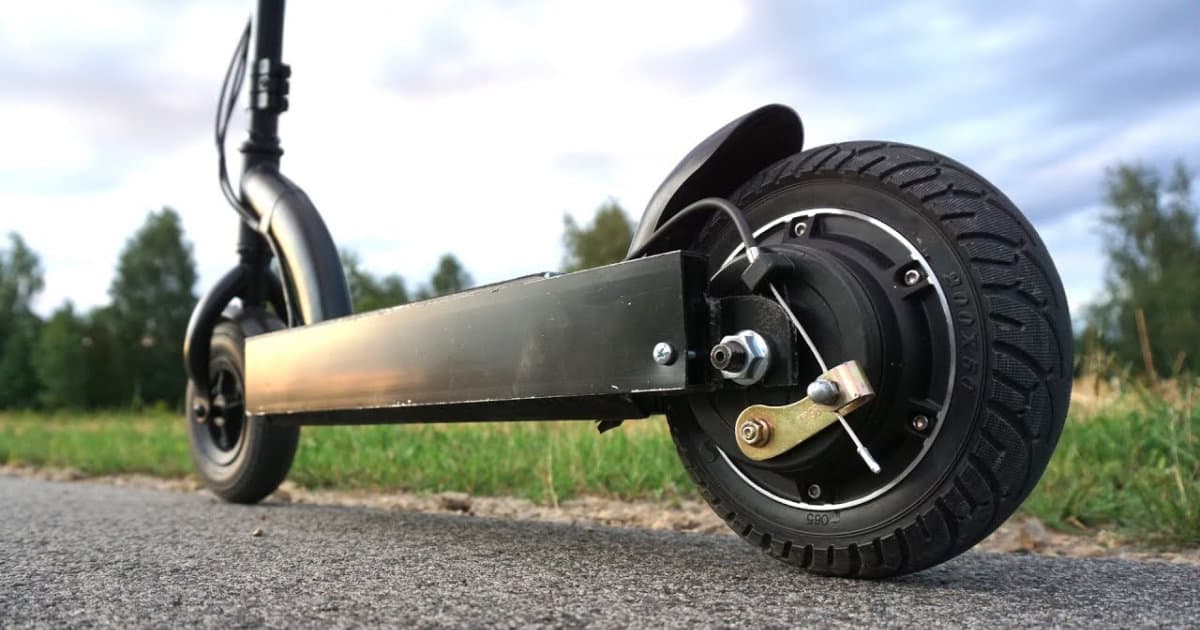
Electric scooters operate based on a simple principle: energy conversion. The battery provides electric energy, which the motor converts into mechanical energy, propelling the scooter forward.
The electric motor is either a brushed or brushless direct current (DC) motor. Brushless motors are more common in newer models due to their efficiency and longevity.
The battery stores electrical energy and supplies it to the motor. A controller moderates this energy supply based on input from the throttle.
The controller is the brain of the electric scooter. It controls the electric flow from the battery to the motor when the throttle is engaged, dictating the scooter’s speed.
Types of Electric Scooters
Folding Electric Scooters
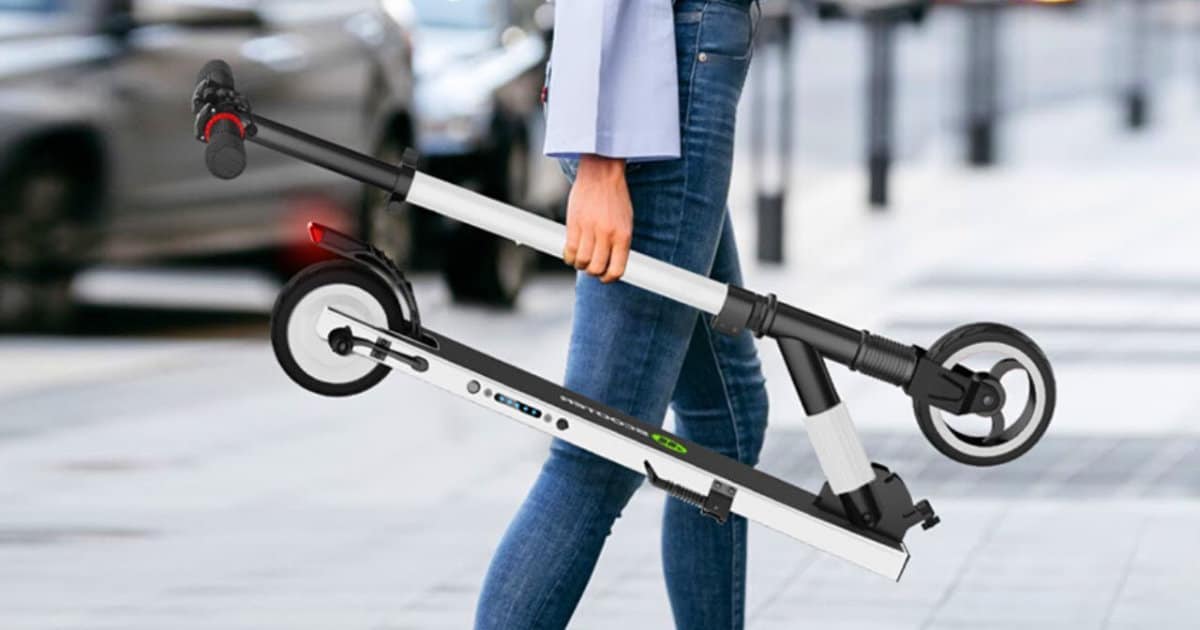
Folding electric scooters are popular due to their compactness and portability. With a simple mechanism, they can be folded down to a more manageable size, ideal for individuals who commute or travel frequently. They are generally lightweight and easy to carry and store.
Off-road Electric Scooters
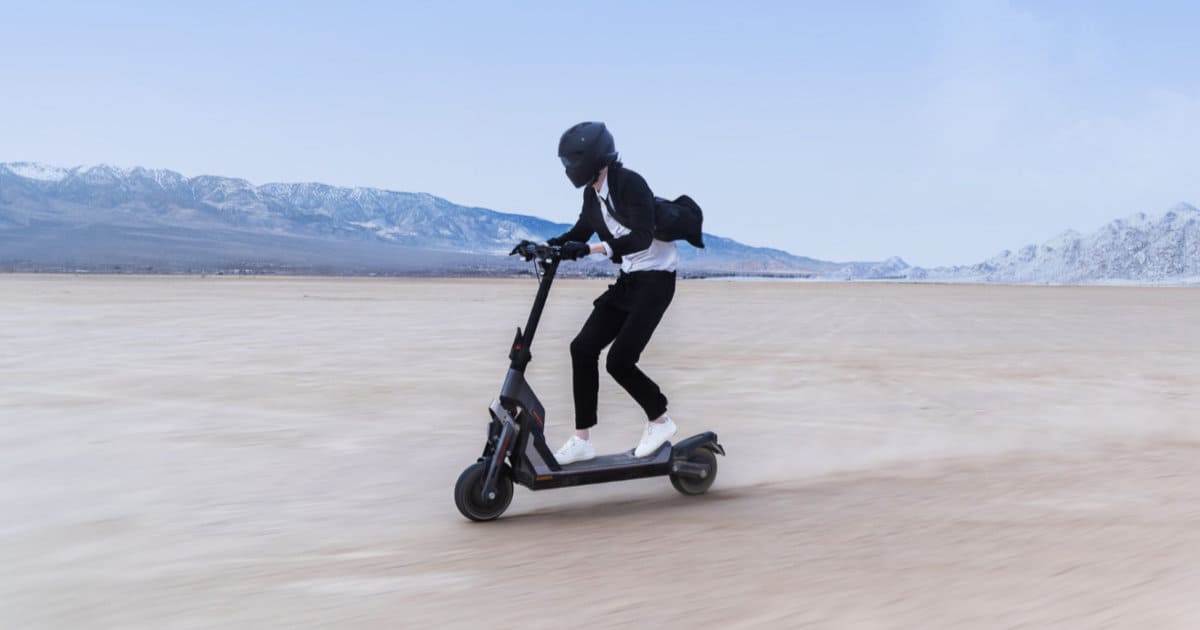
Off-road electric scooters are designed for adventure enthusiasts. They possess powerful motors, durable tires with strong treads, and enhanced suspension systems to handle rough terrains. These scooters are perfect for those who want to take their riding beyond smooth pavements and city streets.
Commuter Electric Scooters
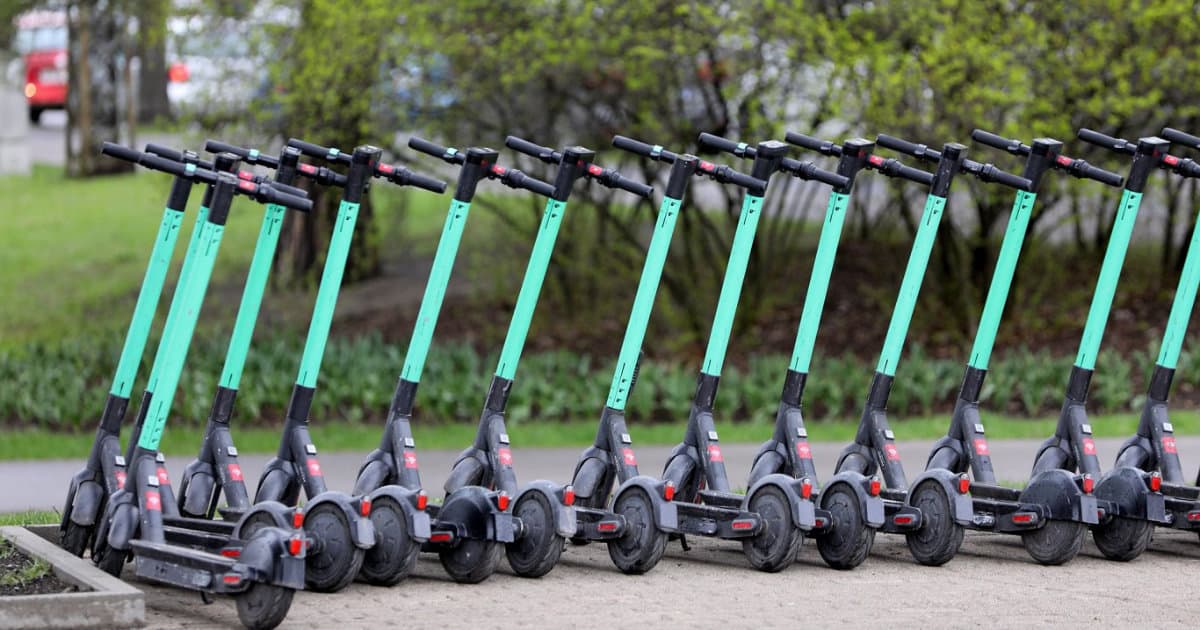
Commuter electric scooters, as the name implies, are designed for daily commuting. They typically feature moderate speed, good range, comfortable riding ergonomics, and often incorporate features like LED lights and smartphone integration for safe and convenient urban commuting.
Selecting an Electric Scooter
Considerations for Selection
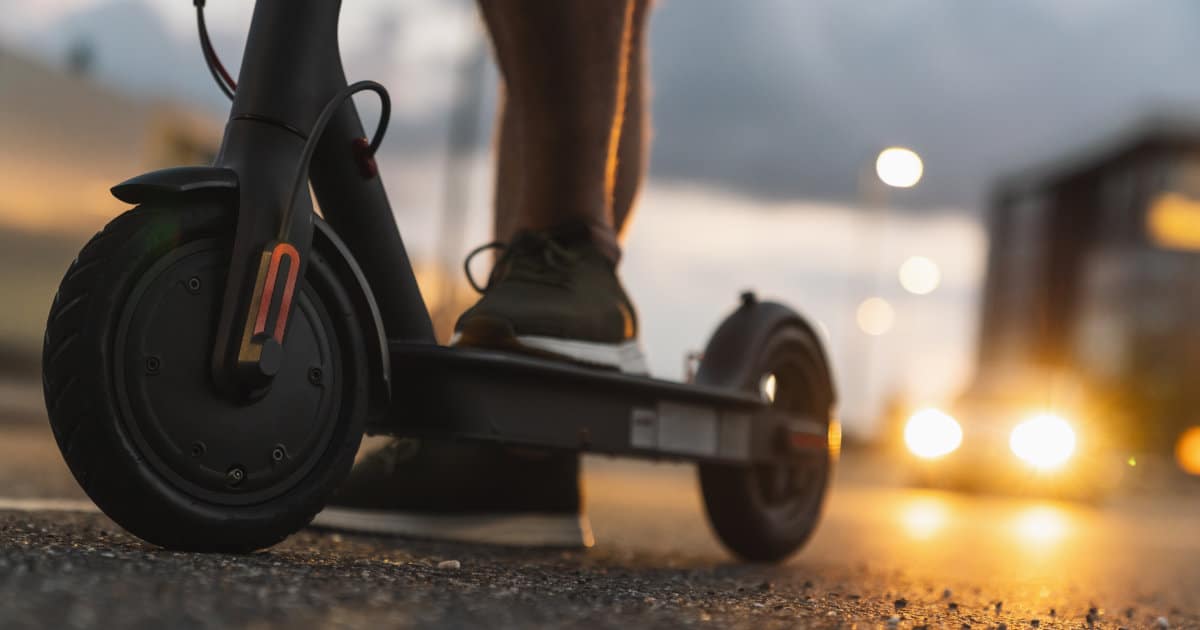
When selecting an electric scooter, it’s crucial to consider factors such as price, speed, range, and weight capacity.
Price: The cost of an electric scooter varies greatly, with prices ranging from a few hundred to several thousand dollars depending on features and quality.
Speed: Depending on local laws and the rider’s comfort level, a scooter’s top speed could be an important selection criterion.
Range: The distance a scooter can cover on a single charge, its range, is critical for commuters or longer rides.
Weight capacity: This refers to the maximum weight the scooter can carry. Ensure that the scooter you choose can accommodate your weight comfortably.
Assessing Personal Needs
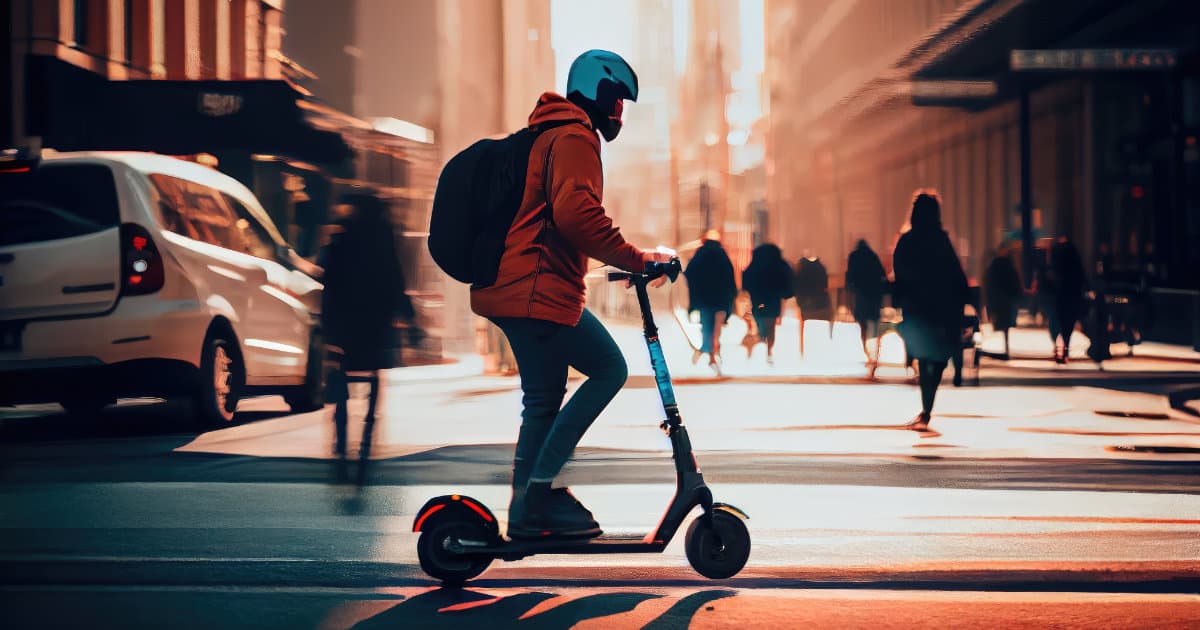
Your personal needs play a significant role in the scooter selection process.
Commuting distance: If your daily commute is long, a scooter with a substantial range is required.
Terrain: Rough or hilly terrains require scooters with more powerful motors and durable tires.
Storage space: If you live in a small apartment or plan to carry your scooter often, a lightweight, folding model would be advantageous.
Operation and Safety
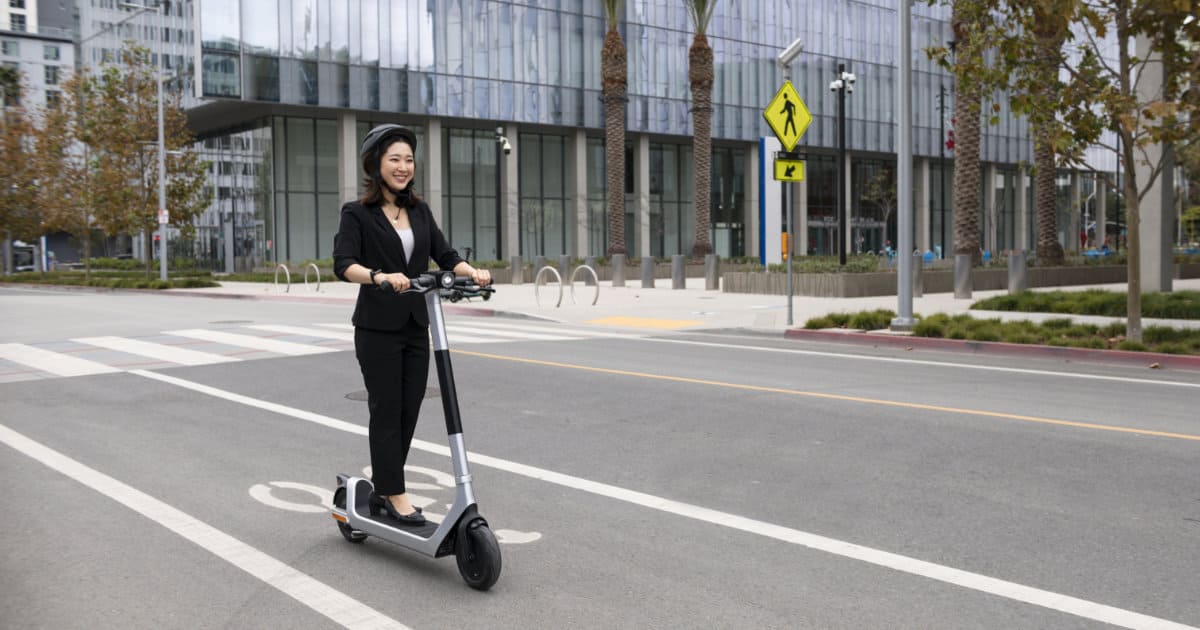
How to Ride Safely
Riding an electric scooter safely requires awareness and proper techniques. Maintain a balanced stance with one foot in front of the other, keep both hands on the handlebars, and start at a slow speed until you become more comfortable.
Understanding Traffic Laws
Electric scooter laws vary by region, so it’s crucial to understand local regulations. This can include where scooters can be ridden (sidewalk, bike lane, or road), speed limits, age restrictions, and whether helmets are required.
Usage of Protective Gear
Safety should always be a priority when riding an electric scooter. Wear a helmet to protect your head, and consider knee and elbow pads. Using lights and reflectors, particularly in low light conditions, can make you more visible to other road users.
Charging and Battery Maintenance
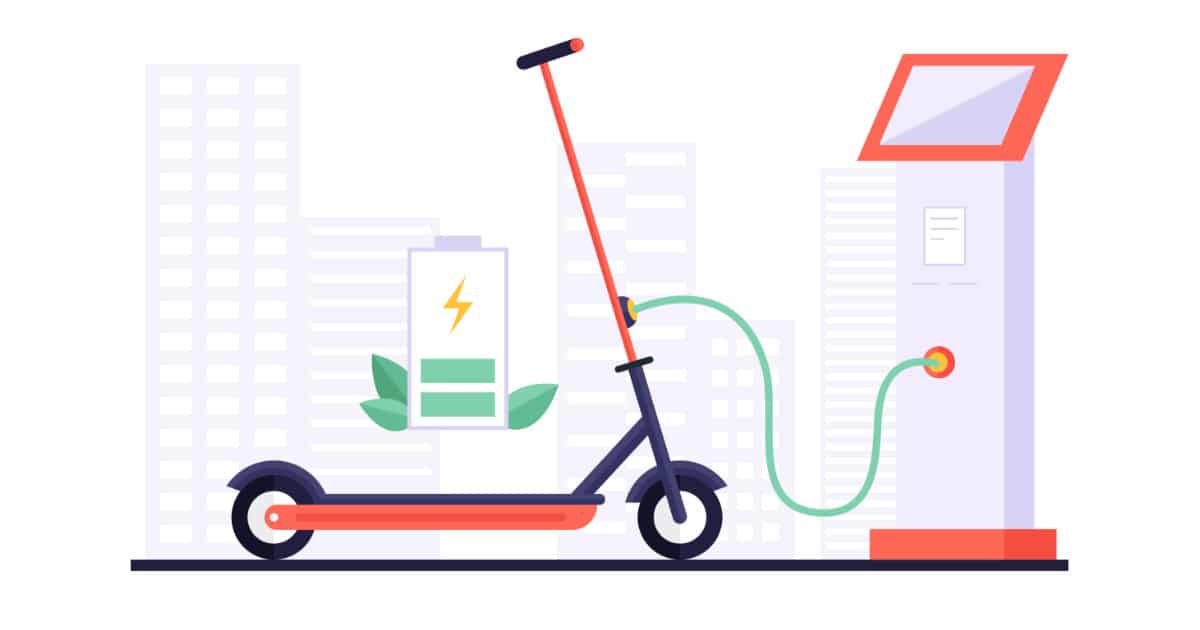
Charging Electric Scooters
To charge an electric scooter, simply plug the charger into a power outlet and connect it to the scooter’s charging port. Always follow the manufacturer’s guidelines for charging and use only the charger provided to avoid damage.
Understanding Battery Life
The lifespan of an electric scooter’s battery depends on its type, use, and maintenance. Most batteries will last between 1-3 years but can extend up to 5 years with good care. Factors such as overcharging, excessive heat, and frequent full discharges can shorten battery life.
Extending Battery Life
Proper charging practices can extend battery life. These include not overcharging, keeping the battery charged if storing the scooter for an extended period, and avoiding full discharges. Proper storage of the scooter and battery is also important.
Maintenance and Repairs
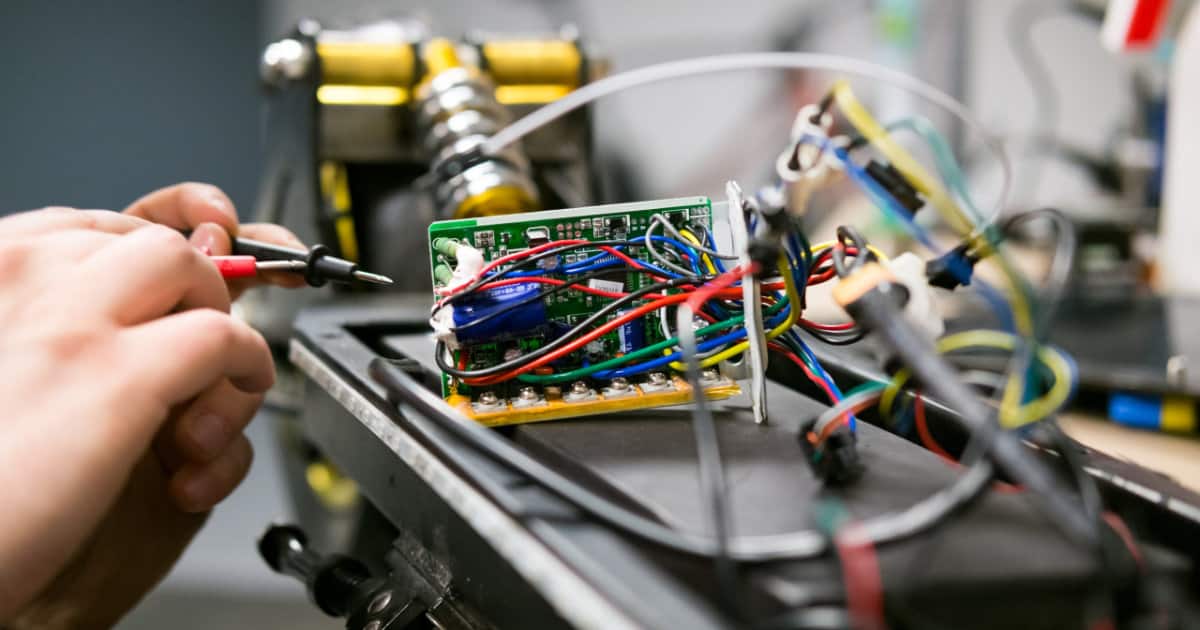
Regular Maintenance Tasks
Regular maintenance helps keep your electric scooter in top condition. This includes checking tire pressure, ensuring brakes are functioning correctly, and regular cleaning.
Troubleshooting Common Problems
Common issues with electric scooters can often be diagnosed and sometimes even fixed at home. These can include flat tires, slow speed, or reduced range. Many manufacturers provide troubleshooting guides in their user manuals.
Seeking Professional Help
While some issues can be fixed at home, more complex problems may require professional help. If you are unsure or uncomfortable performing a repair, it’s best to seek professional assistance.
Electric Scooters and the Environment

Environmental Impact of Electric Scooters
Electric scooters produce zero direct emissions, making them a more eco-friendly alternative to cars for short commutes. However, their environmental impact depends on factors like the source of the electricity used to charge them and the lifecycle of their components.
Benefits Over Traditional Transport
By choosing an electric scooter over a car for short trips, you can reduce traffic congestion and your carbon footprint. Scooters are also more efficient in energy use compared to traditional vehicles.
Recycling and Disposal
When your scooter reaches the end of its lifecycle, it’s important to dispose of it responsibly. Batteries, in particular, should be recycled correctly due to their hazardous components. Check local regulations and facilities for proper disposal.
Popular Brands and Models
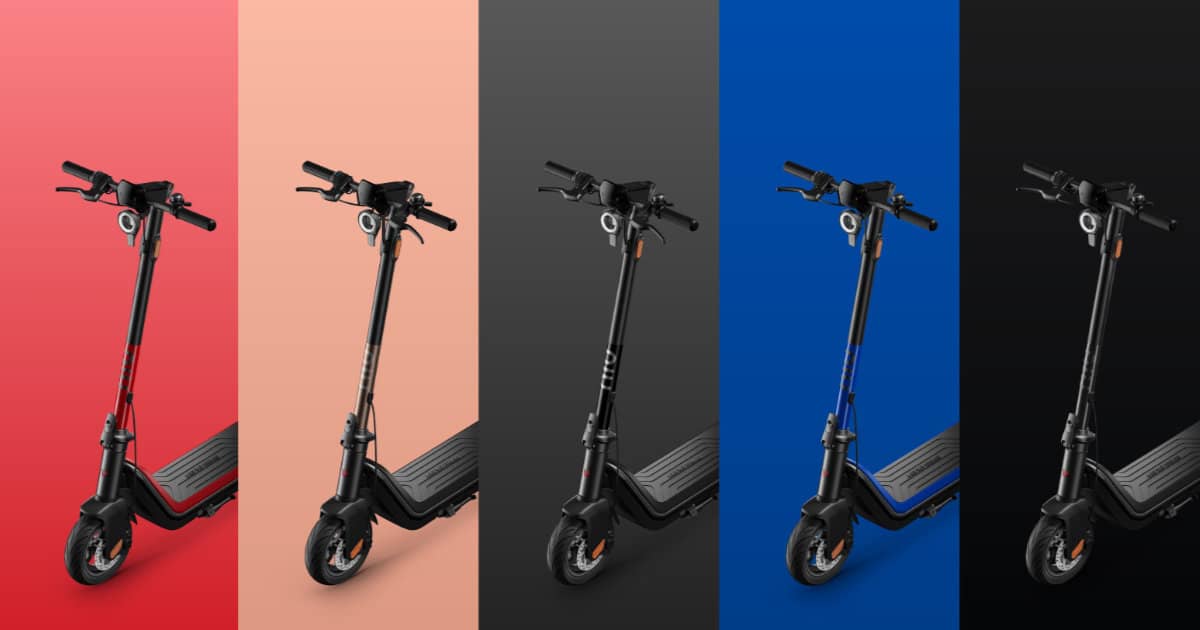
Overview of Popular
Some popular electric scooter brands include Segway, Xiaomi, and Razor, each with unique strengths and offerings across various price ranges.
Comparisons of Top Models
Comparison between top models from these brands, based on factors like features, price, and user reviews, can help potential buyers make an informed decision.
Accessories and Customization
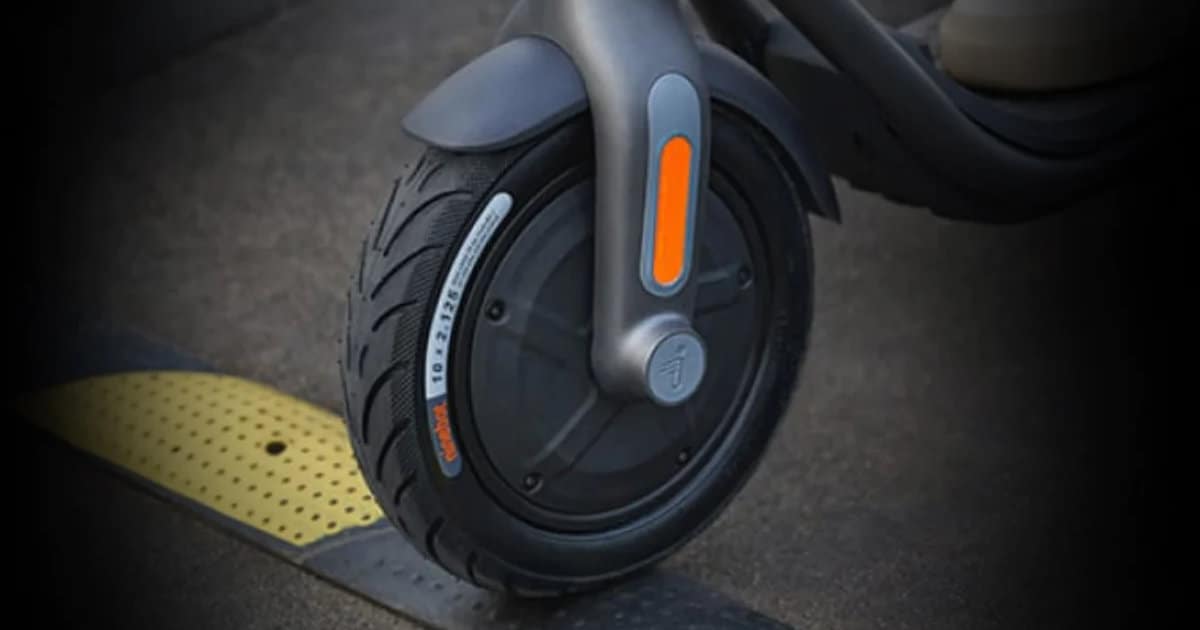
Recommended Accessories
Some recommended accessories for electric scooters include helmets, locks for security, carry bags for convenience, and bells for safety.
Customizing Electric Scooters
Customization options for electric scooters range from functional to aesthetic. You can choose custom grips for comfort, apply stickers for personality, or even paint your scooter for a unique look.
Future of Electric Scooters

Emerging Trends in Technology
The electric scooter industry continues to evolve, with advancements like improved battery technology for increased range, and smart features for better convenience and safety.
Predictions for Regulation
As electric scooters become more prevalent, we can expect changes in legislation, both to protect riders and pedestrians, and to encourage the adoption of this environmentally-friendly mode of transport.
Conclusion
Electric scooters present a convenient, fun, and sustainable alternative for urban transport. This guide provides a comprehensive introduction to these devices, but the true joy of electric scooters is best experienced firsthand. So what are you waiting for? Hop on an electric scooter and join the green transport revolution today!
Frequently Asked Questions About Electric Scooters
The main components of an electric scooter are the motor, battery, and controls. The motor, which provides the force to propel the scooter forward, is usually powered by a rechargeable lithium-ion battery. The controls typically include a throttle to regulate speed and brakes for safety. Many scooters also feature a display or indicator lights to monitor speed, battery life, and other important metrics.
The lifespan of an electric scooter’s battery depends on several factors, including its type, usage, and how it’s maintained. Most electric scooter batteries, particularly those that are lithium-ion, can last between 1 to 3 years, and in some cases up to 5 years with optimal care. Factors like overcharging, excessive heat, and frequent full discharges can decrease a battery’s lifespan.
When purchasing an electric scooter, you should consider factors like price, speed, range, and weight capacity. Also, consider your personal needs such as commuting distance, the terrain you’ll be riding on, and storage space. It’s crucial to choose a scooter that aligns with your requirements and lifestyle.
Yes, electric scooters are generally safe, but as with any mode of transportation, safety largely depends on the rider. It’s important to always use the scooter as instructed by the manufacturer, obey local traffic laws, wear appropriate safety gear such as a helmet, and maintain the scooter’s components, particularly the brakes and tires, in good working order. Regular maintenance and careful riding can go a long way in ensuring safety on an electric scooter.
Electric Scooters In The News
Skip S3 Electric Scooter Outed With New Batteries
Sources
Apollo Scooters: Website
MiniMotors Speedway: Website
NIU Technologies: Website
Razor: Website
Segway: Website

